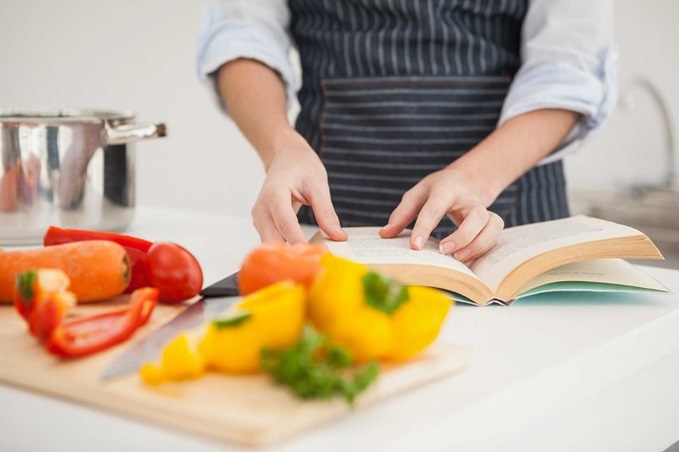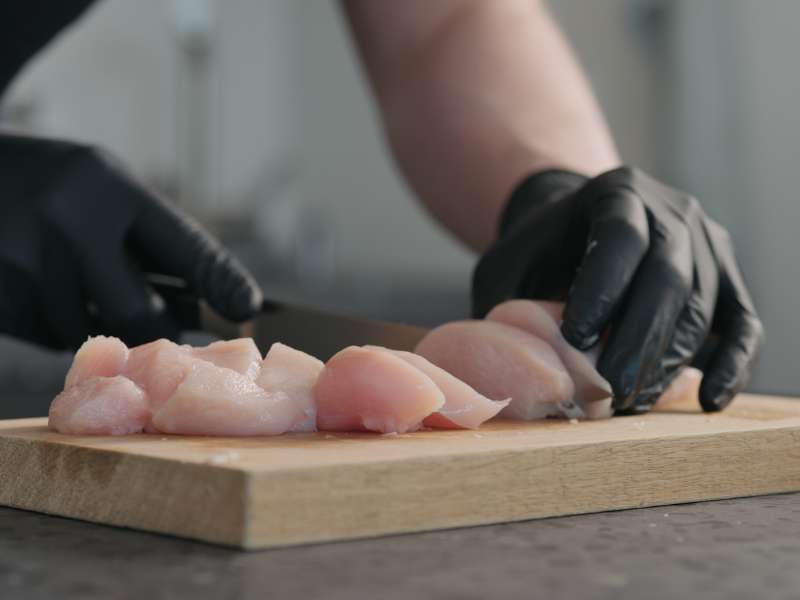When a restaurant is developing a menu, or a chef is formulating a special, the common name for this is a standardized recipe.
A standardized recipe produces a specific quality and quantity of food for a specific restaurant. That recipe is unique to the restaurant and the creative ideas of the person who created the dish. Once that standardized recipe is created it will become one of the most powerful documents in a foodservice operation.
- Recipes are used for training back of the house staff.
- Recipes provide consistency in the production of menu items.
- Recipes provide food cost control.
- Recipes provide knowledge for front of the house staff as a sales tool and to help consumers with dietary concerns and allergies.
- Recipes should be handed out to each back of the house line cook in a booklet specific to their station.
- The measured ingredients in a recipe not only produce consistent food but control your food cost and profit. Recipes reduce waste because a cook is prepping exactly what is needed to produce the menu items.
- Recipes provide portion control which is a major factor in food cost control and profit.
Here are the main components of a standardized recipe:
- Name of the menu item
- Total Yield or Portions and Portion Size created by producing the recipe
- List of all measured ingredients
- Step-by-step instructions on how to prepare, cook, and assemble the recipe
- Plating instructions and garnishes
- Holding instructions if applicable
- Cooling instruction if applicable
- Shelf life and storage instructions
 There are times when you need a recipe to produce more or less than originally written. For consistency and accuracy, use one of two formulas:
There are times when you need a recipe to produce more or less than originally written. For consistency and accuracy, use one of two formulas:
- Converting Total Yield Recipe.
New Yield / Old Yield = Conversion Factor
Example: New Yield 15 gallons / Old Yield 1 gallon = Conversion Factor 15
Multiply each measured ingredient in the recipe by the Conversion Factor
1.5 quarts of tomato juice / 1.5 x (C.F.) 15 / = 22.5 quarts of tomato juice
- Converting Portion and Portion Size.
Original Portion x Original Portion Size = Old Yield
Example: Original Portion 48 x Original Portion Size 3oz = Old Yield 144
New Portion x New Portion Size = New Yield
New Portion 120 x New Portion Size 2 oz = New Yield 240
New Yield / Old Yield = Conversion Factor
New Yield 240 / Old Yield 144 = Conversion Factor 1.67
2 cups Onions, diced / 2 x (C.F.) 1.67 / = 3.34 cups Onion, diced
Using these formulas will allow a professional kitchen to produce more of a menu item for a special event while making sure it tastes, smells, and looks the same as usual. Without a written standardized recipe for each of the creative menu items, an operator will never have control of food cost or profit. The good thing is they can always be written and implemented. It is one of the most powerful tools a restaurant can possess.



